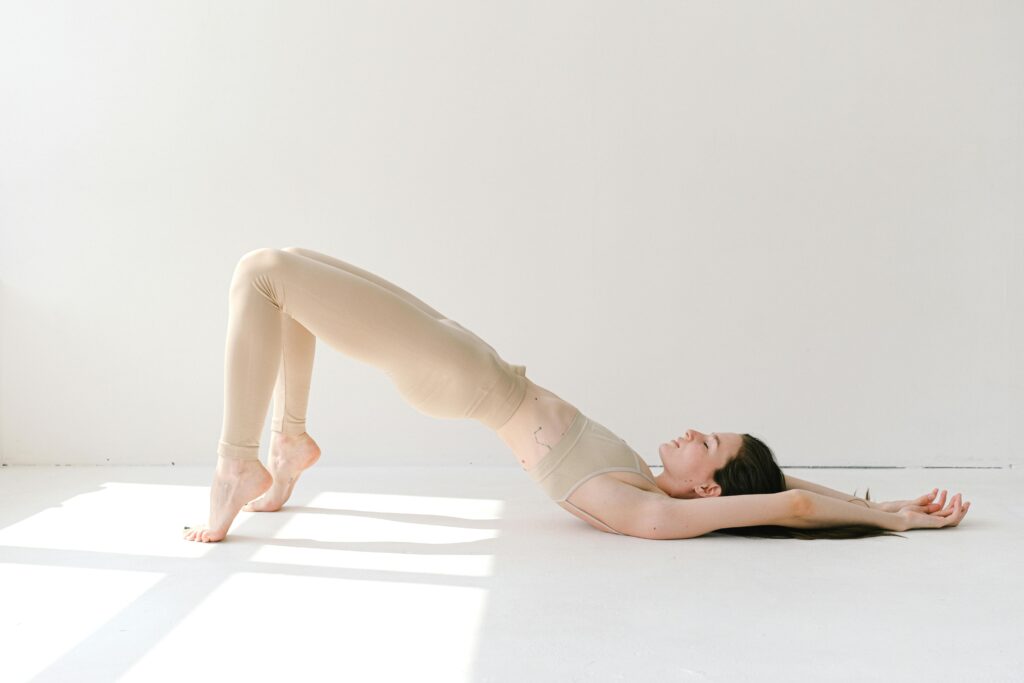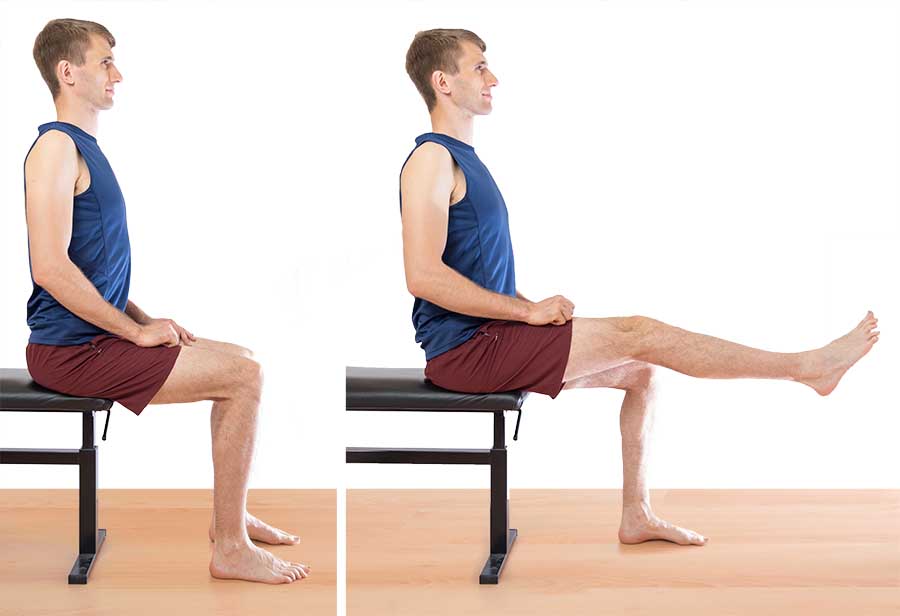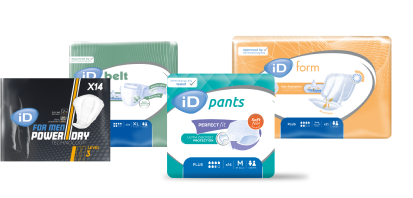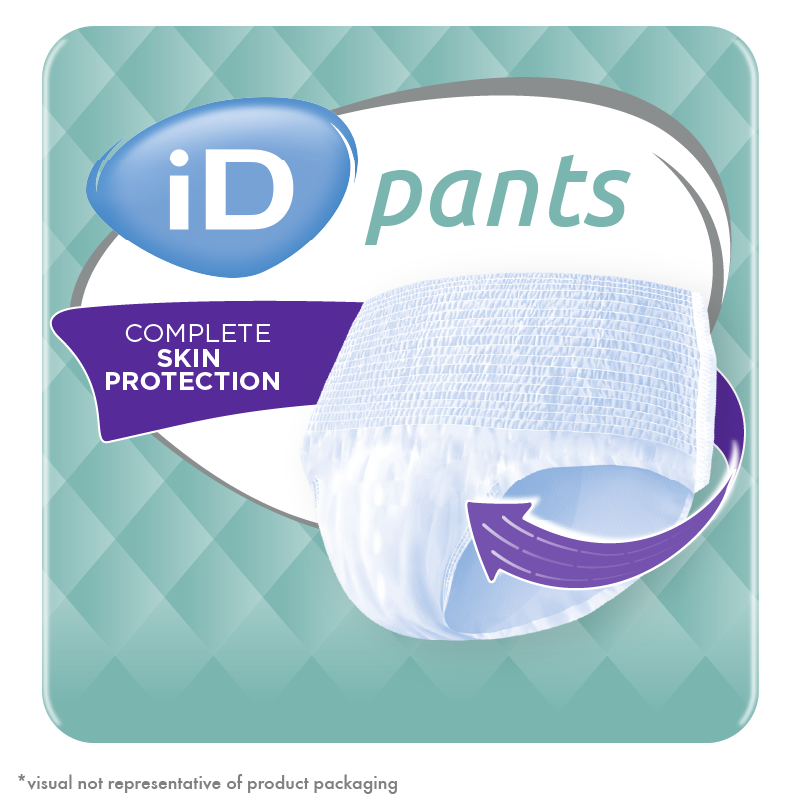4 Exercises for Urinary Incontinence Relief
Discover effective exercises to help alleviate urinary incontinence and improve bladder control.
Understanding Urinary Incontinence
Urinary incontinence is a common condition that affects many individuals. Understanding the causes and symptoms of urinary incontinence is the first step towards managing and finding relief from this condition.
One of the main causes of urinary incontinence is weak pelvic floor muscles. These muscles play a crucial role in supporting the bladder and controlling urine flow. When these muscles are weak, it can lead to urine leakage during activities such as coughing, sneezing, or laughing. Hormonal changes, such as those that occur during pregnancy and menopause, can also contribute to urinary incontinence. Additionally, nerve damage caused by conditions like diabetes or multiple sclerosis can affect the bladder’s ability to function properly.
The symptoms of urinary incontinence can vary depending on the individual and the underlying cause. Some common symptoms include frequent urination, sudden urges to urinate, urine leakage during physical activities, and waking up multiple times during the night to urinate. It’s important to consult with a healthcare professional for an accurate diagnosis and to determine the best course of treatment for your specific situation.
Benefits of Exercise for Urinary Incontinence
Exercise is an effective and natural way to manage and reduce the symptoms of urinary incontinence. Regular exercise can help strengthen the pelvic floor muscles, improve bladder control, and reduce the frequency and severity of urine leakage. Additionally, exercise can also help maintain a healthy weight, which can further alleviate the pressure on the bladder and reduce the risk of urinary incontinence.
Incorporating exercises that target the pelvic floor muscles, such as Kegel exercises, can significantly improve bladder control and reduce urine leakage. These exercises involve contracting and relaxing the muscles that control urine flow, helping to strengthen them over time. It’s important to consult with a physical therapist or healthcare professional before starting any exercise program to ensure you are performing the exercises correctly and to determine the most suitable exercise routine for your needs.
4 Effective Exercises for Urinary Incontinence Relief
1. Kegel exercises:
These exercises involve contracting and relaxing the pelvic floor muscles. Start by squeezing the muscles as if you are trying to stop the flow of urine, hold for a few seconds, and then release. Repeat this exercise multiple times a day. Please note that kegels can be done lying down, sitting, or standing. For a detailed demonstration, you can watch this YouTube video on Kegel exercises.
2. Bridge pose:
Lie on your back with your knees bent and feet flat on the floor. Slowly lift your hips off the ground, engaging your pelvic floor muscles. Hold for a few seconds and then lower your hips back down. Repeat this exercise for several repetitions. You might consider attending a yoga class to learn more about proper technique, or watching a video by a trained professional for guidance.

3. Squats:
Stand with your feet shoulder-width apart. Slowly lower your body into a squatting position, keeping your heels on the ground. Engage your pelvic floor muscles as you squat. Hold for a few seconds and then return to the starting position. Repeat this exercise for several repetitions.

4. Chair Knee Raises:
Sit in a chair, lift each knee to waist height ten times, holding for two seconds each. This strengthens the core and supports bladder health.

Remember to start slowly and gradually increase the intensity and duration of these exercises. It’s important to listen to your body and not push yourself too hard. Consistency is key when it comes to seeing improvements in urinary incontinence symptoms.
Tips for Incorporating Exercises into Your Routine
Incorporating exercises into your daily routine can help ensure consistency and maximize the benefits for managing urinary incontinence. Here are some tips to help you get started:
– Schedule exercise sessions: Set aside specific times during the day dedicated to performing your exercises. This can help you establish a routine and make it easier to stick to your exercise plan.
– Start small: If you’re new to exercise or have been inactive for a while, start with shorter exercise sessions and gradually increase the duration and intensity over time. This can help prevent injury and allow your body to adjust to the new routine.
– Mix it up: Keep your exercise routine interesting by incorporating a variety of exercises that target different muscle groups. This can help prevent boredom and keep you motivated to continue with your exercises.
– Seek guidance: If you’re unsure about how to perform certain exercises or want personalized guidance, consider working with a physical therapist or healthcare professional. They can provide expert advice and ensure you’re performing the exercises correctly.
– Stay consistent: Consistency is key when it comes to seeing improvements in urinary incontinence symptoms. Aim to exercise regularly, ideally several times a week, to maintain the strength and tone of your pelvic floor muscles.
Don’t wait any longer to start living a more comfortable, confident life.
If you are concerned about incontinence, you may want to consider using continence products. Discover our range here.
What is my ideal solution?



